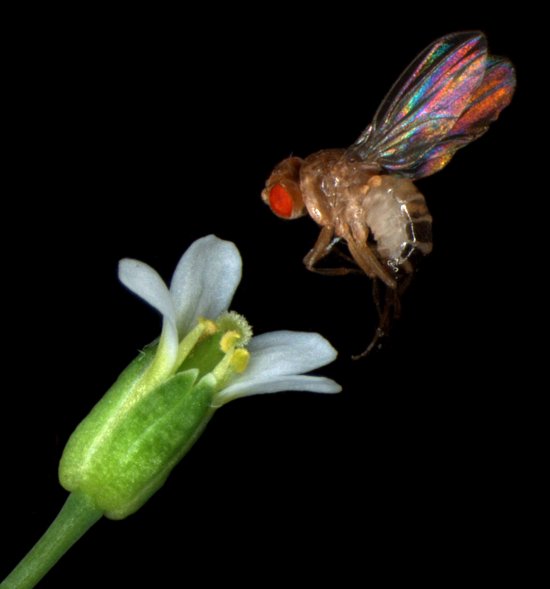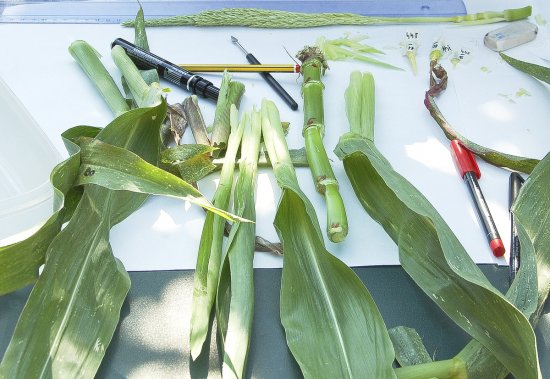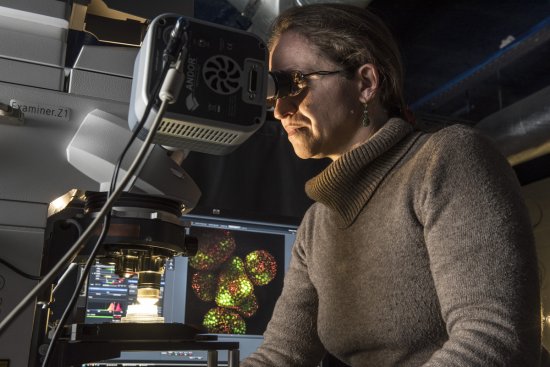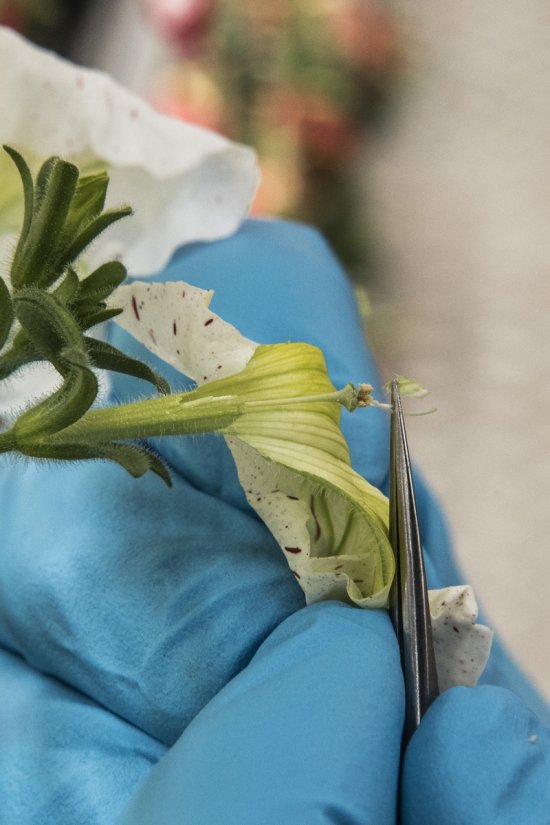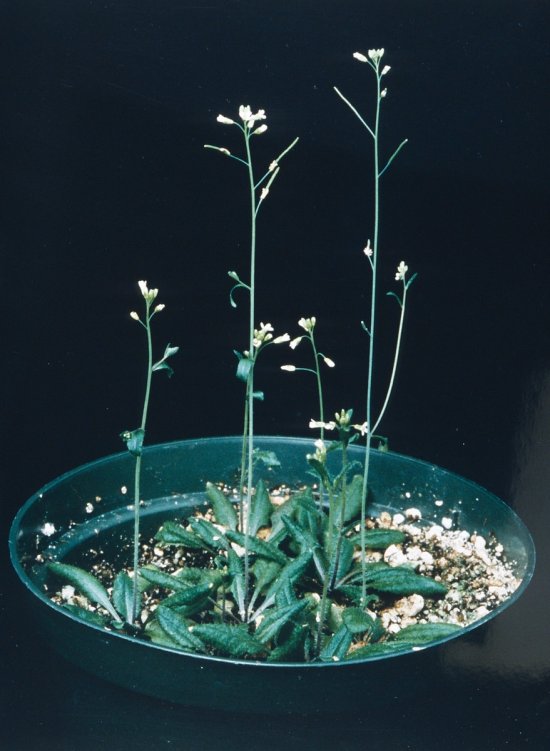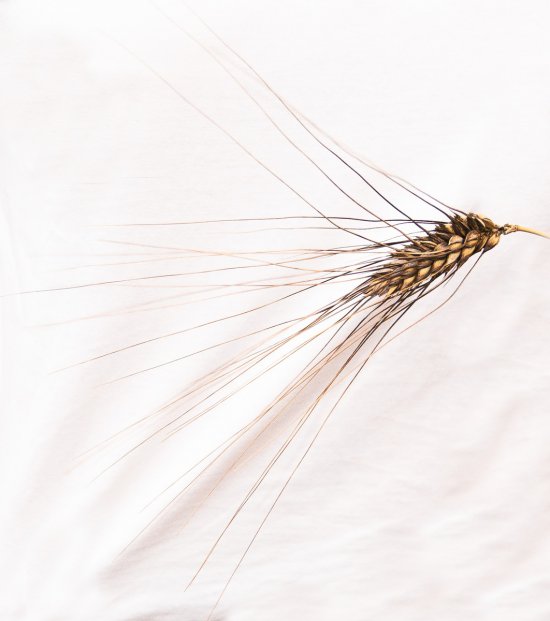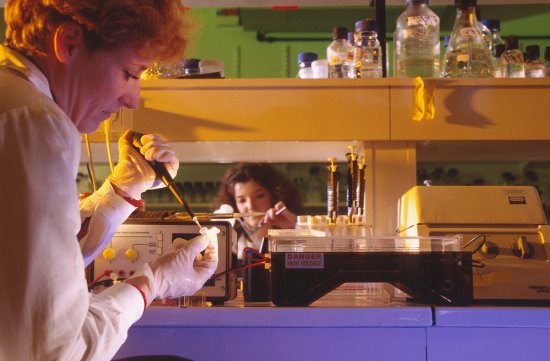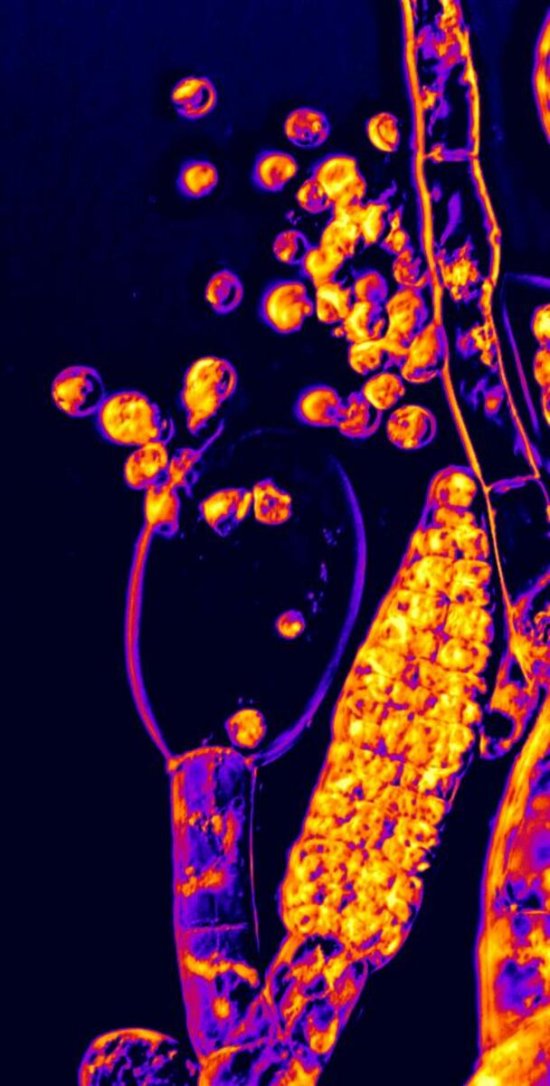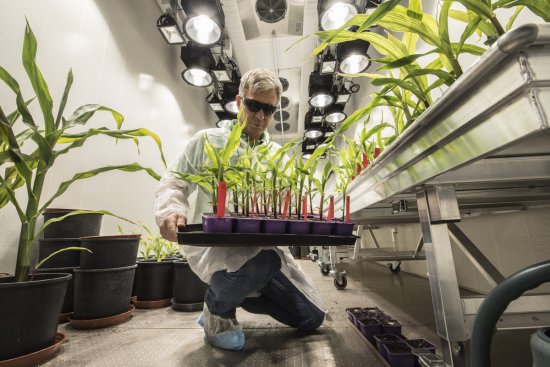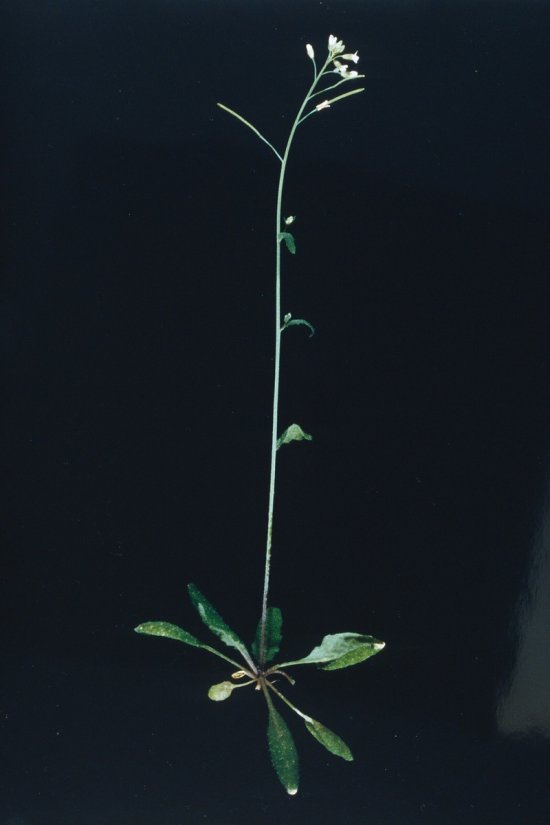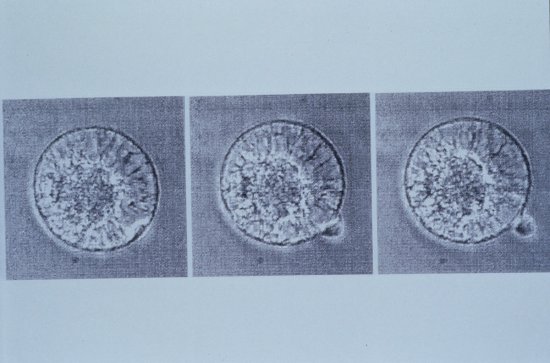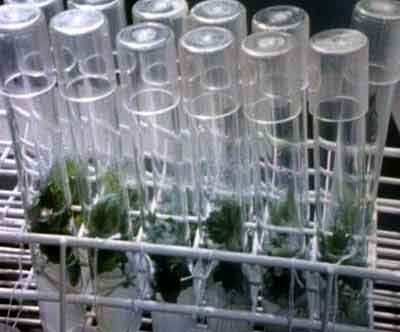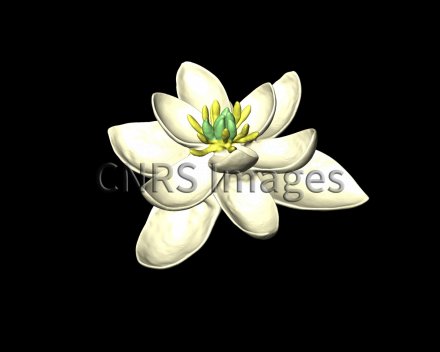
© Hervé SAUQUET / Jürg SCHÖNENBERGER / UPSUD / ESE / CNRS Images
Reference
20170107_0002
Modèle de la fleur ancestrale
Model of the ancestral flower that appeared approximately 140 million years ago. Flowering plants (angiosperms) form the world's most diversified plant group, with more than 300,000 species. They are thought to have developed and diversified particularly rapidly during the Cretaceous Period. This observation was a source of interest among the scientific community. By combining data on flower structures with the most recent flowering plant evolutionary tree, informed by genetic information relating to the constituent species, scientists have posited a scenario to account for this diversification in flower shapes and model the ancestral flower. This ancestral flower is thought to have been hermaphroditic, containing both female parts (carpels) and male parts (stamens). The flower consisted of verticils - petal-like organs - organised in groups of three. This observation contradicts the prevailing assumption that the ancestral flower had all its organs arranged in a spiral. This discovery does not, however, resolve all the mysteries surrounding the origins of flowering plants. The fossil register of these plants is still far from complete, for example.
The use of media visible on the CNRS Images Platform can be granted on request. Any reproduction or representation is forbidden without prior authorization from CNRS Images (except for resources under Creative Commons license).
No modification of an image may be made without the prior consent of CNRS Images.
No use of an image for advertising purposes or distribution to a third party may be made without the prior agreement of CNRS Images.
For more information, please consult our general conditions
